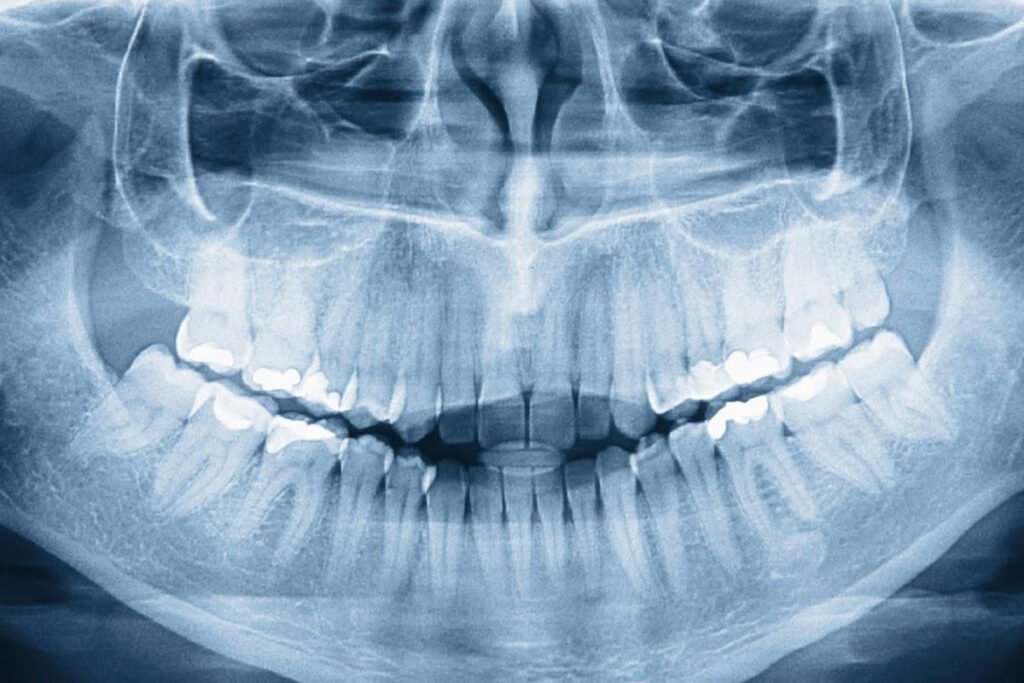
It is the planning and guidance for the detection and treatment of diseases occurring in the mouth, teeth and surrounding tissues. When you undergo an oral diagnostic examination, first of all, records are taken about your general health and your teeth, gums, tongue, salivary glands, jawbone and jaw joint are examined as a whole and information is given about any problems that may occur.
The first stage of intraoral examination begins with visual and manual examination methods. However, an examination that is limited to this alone is never sufficient. The most important element supporting the examination is intraoral x-ray films. If a film is required for any problem related to a single tooth, small films called periapical films are taken.
In cases that are common in the mouth and may require more than one film or where the bone area needs to be seen for surgery, a panoramic film showing the entire inside of the mouth is needed.
In addition to all these methods, MRI (Magnetic Resonance) and CT (Computed Tomography) are also needed in our patients who have joint problems or who will undergo implant application.